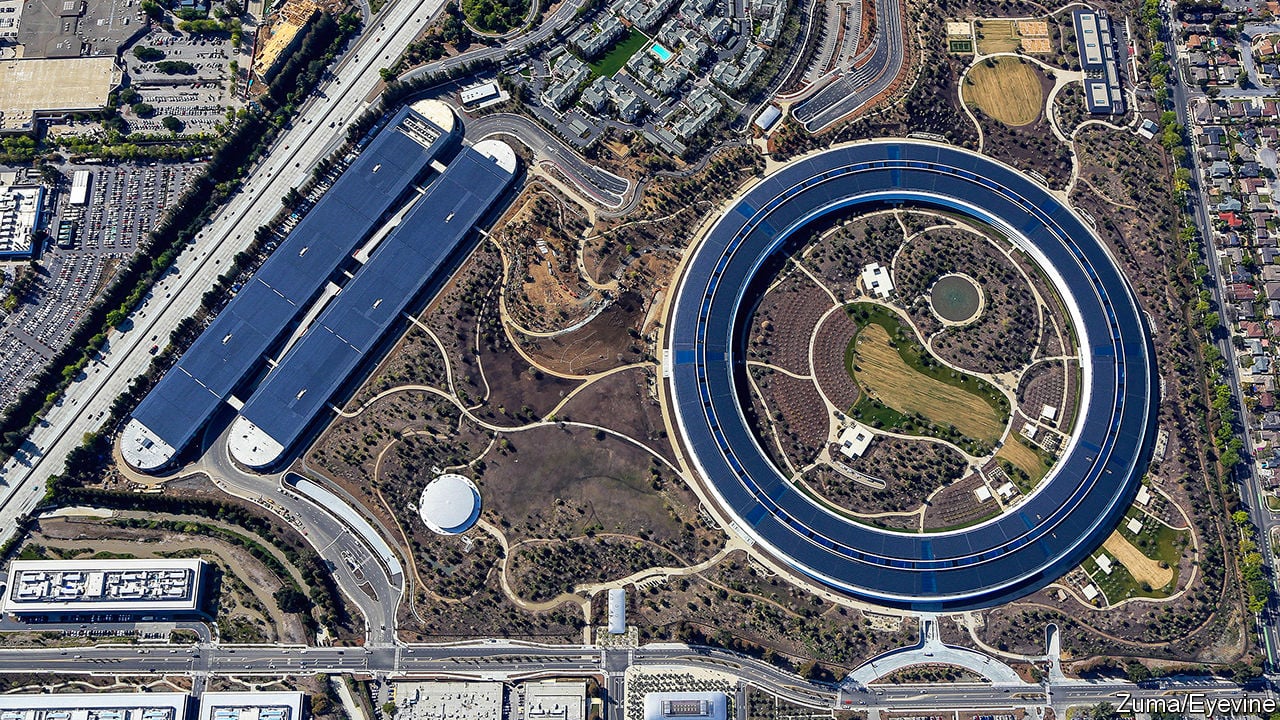Silicon Valley and Innovation America
Silicon Valley, situated in the southern part of the San Francisco Bay Area in California, is synonymous with innovation and technological advancement. This region, home to some of the world’s largest technology corporations and thousands of startup companies, has established itself as the epicenter of the tech industry. Its influence extends globally, driving forward not only technological progress but also shaping economic and cultural landscapes. This article delves into the factors that have contributed to Silicon Valley’s status as a powerhouse of innovation and examines its broader implications for America.
Table of Contents
Historical Context and Evolution
Silicon Valley’s journey to becoming a global hub of innovation began in the mid-20th century. The area’s transformation can be traced back to the establishment of Stanford Industrial Park in 1951, now known as the Stanford Research Park. Spearheaded by Frederick Terman, a Stanford University professor often referred to as the “father of Silicon Valley,” this initiative aimed to foster collaboration between academia and industry. The close proximity to Stanford University played a pivotal role in attracting talent and investment to the region.
In the 1960s and 1970s, Silicon Valley saw the emergence of key technology companies such as Hewlett-Packard, Intel, and Apple. The invention of the microprocessor by Intel in 1971 revolutionized computing, leading to the development of personal computers and other digital technologies. This period marked the beginning of a technological boom, with venture capitalists flocking to the region to invest in promising startups.
Culture of Innovation
Silicon Valley’s culture of innovation is rooted in several key factors: an entrepreneurial mindset, a spirit of risk-taking, and a collaborative ecosystem. The region thrives on a mentality that embraces failure as a learning experience rather than a setback. This cultural acceptance of failure as a part of the innovation process encourages entrepreneurs to take bold risks and push the boundaries of what is possible.
The availability of venture capital is another critical element. Investors in Silicon Valley are willing to fund high-risk ventures with the potential for high rewards. This financial backing provides startups with the resources needed to experiment and innovate without the immediate pressure of profitability.
Moreover, the collaborative environment in Silicon Valley fosters knowledge sharing and networking. Incubators, accelerators, and co-working spaces provide platforms for entrepreneurs to connect, exchange ideas, and collaborate on projects. This network of support is complemented by a pool of highly skilled talent drawn from top universities and research institutions.
Technological Advancements and Global Impact
The innovations emerging from Silicon Valley have had a profound impact on various industries globally. The development of the internet and digital technologies has transformed communication, commerce, and entertainment. Companies like Google, Facebook, and Twitter have redefined social interactions and information dissemination, while e-commerce giants like Amazon have revolutionized retail.
In recent years, Silicon Valley has been at the forefront of advancements in artificial intelligence (AI), machine learning, and big data. These technologies are being integrated into diverse applications, from autonomous vehicles and smart cities to healthcare and finance. AI-driven innovations promise to enhance productivity, improve decision-making, and create new economic opportunities.
The rise of the gig economy, characterized by platforms like Uber, Airbnb, and Lyft, is another significant development originating from Silicon Valley. These platforms leverage technology to connect service providers with consumers, offering convenience and flexibility. However, they also raise questions about labor rights, regulation, and the future of work.
Also Read: Hollywood and the American Dream
Economic and Social Implications
Silicon Valley’s economic success has had a ripple effect on the broader American economy. The tech industry has contributed significantly to GDP growth, job creation, and exports. High-paying tech jobs have boosted local economies and contributed to a surge in real estate values in the region.
However, this prosperity has also highlighted stark inequalities. The influx of wealth has led to soaring housing costs, making it difficult for lower-income residents to afford living in the area. This has resulted in a growing homelessness crisis and socio-economic divides. Moreover, the tech industry’s demographic composition has come under scrutiny for its lack of diversity. Efforts to address gender and racial disparities in tech are ongoing but progress has been slow.
Challenges and Future Directions
Despite its successes, Silicon Valley faces several challenges. The region’s infrastructure is under strain due to rapid growth, leading to traffic congestion, inadequate public transportation, and environmental concerns. The reliance on a highly skilled immigrant workforce has also come under threat due to changing immigration policies, potentially impacting the talent pool.
Data privacy and security have emerged as critical issues in the wake of numerous high-profile data breaches and growing concerns over surveillance. Companies are under increasing pressure to implement robust security measures and ensure ethical use of data.
Looking ahead, Silicon Valley must navigate these challenges while continuing to drive innovation. Sustainable growth, both economically and environmentally, will be crucial. Emphasizing corporate social responsibility and ethical business practices can help mitigate some of the negative social impacts associated with rapid technological advancements.
Conclusion.
Silicon Valley stands as a testament to the power of innovation and entrepreneurship. Its unique combination of culture, talent, and capital has made it a global leader in technology and a driving force behind America’s economic and technological progress. However, the region must address its socio-economic and environmental challenges to ensure that its growth benefits all segments of society.
As Silicon Valley continues to evolve, its influence will undoubtedly shape the future of technology and innovation. By fostering an inclusive and sustainable approach to development, it can maintain its position at the forefront of global innovation while contributing to a more equitable and prosperous future for America and beyond.







